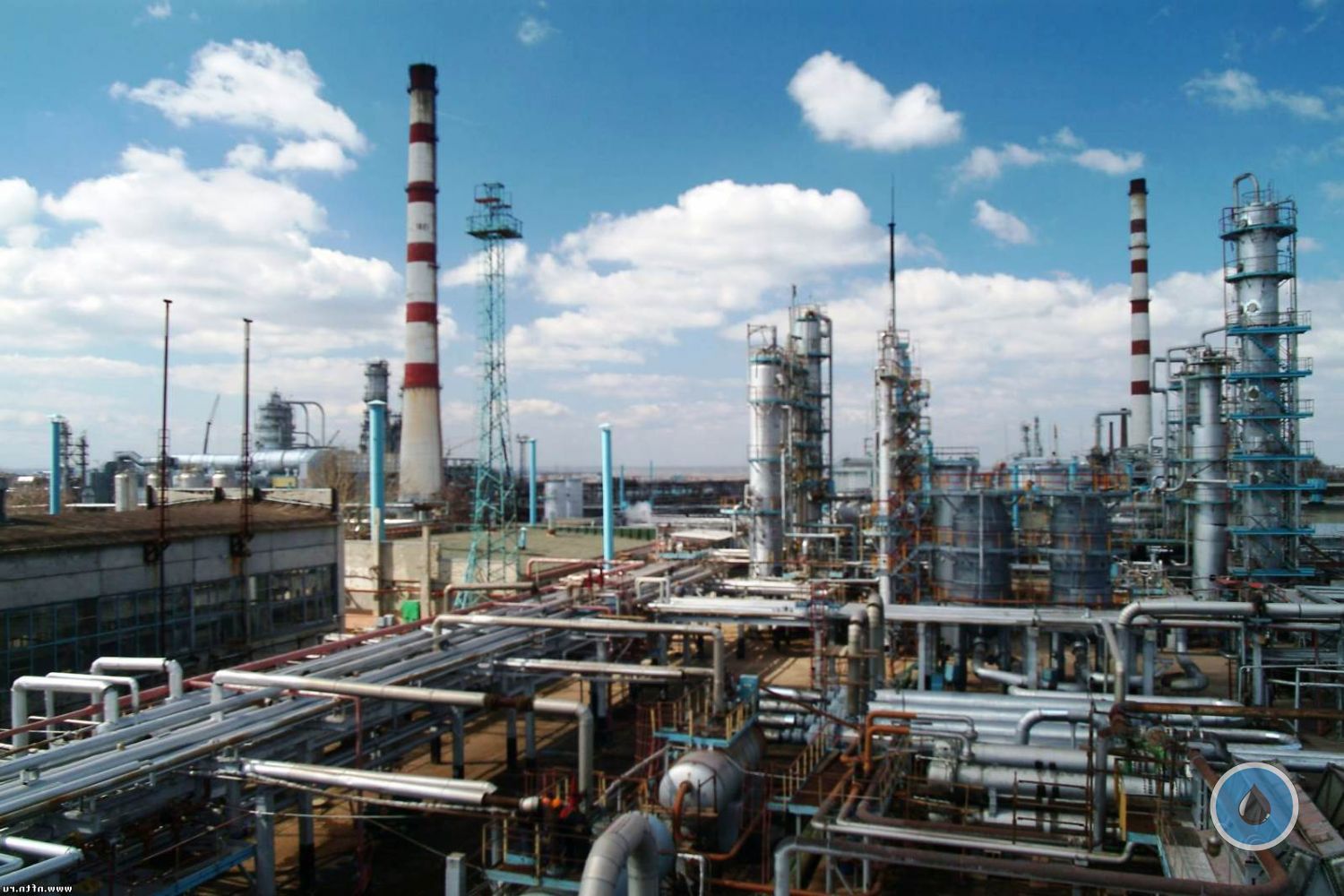Нефтегазовые новости
Нефтегазовые новости
/
Технологии
/
TNK-BP Refineries to Boost Catalytic Cracking Efficiency with New Catalysts

TNK-BP Refineries to Boost Catalytic Cracking Efficiency with New Catalysts
Catalysis is a fundamental oil refining process. Technical progress in this industry greatly depends on the catalysis development, which is, therefore, the focus of continuous efforts for many companies. Manufacturers are constantly marketing new catalysts with improved efficiency for fluid catalytic cracking (FCC) units. Catalysts currently used at TNK-BP refineries were introduced more than four years ago, so the decision was taken in January 2011 to replace them with more advanced grades.
International Experience
In the global practice, several methods are used to benchmark FCC catalyst efficiency, each having its advantages and disadvantages. One of these methods is production tests at an operating unit: the thus obtained results reliably reflect catalyst behavior under actual operating conditions. However, it takes six to nine months to obtain the first results under these tests after the previous catalyst is partially or completely replaced with the new product. Any changes to this process may lead to distorted benchmarking results.Another benchmarking method is mathematical simulation of catalyst system performance with a software package that kinetically models the reactor block and is adapted to real operating conditions. This method is normally used by suppliers forming technical proposals, but it does not accurately forecast efficiency of a specific catalyst in a particular industrial system.
A better idea of catalyst performance in a particular process system may be obtained by comparative sample tests of catalysts against an equilibrium sample from the operating unit on a test FCC unit using the actual refinery feedstock. For the benchmarking to be objective, the test samples need to be brought to equal conditions, and so the fresh catalyst is ‘aged’. Tests are run at preset parameters (yield of coke and dry gas, catalyst / feedstock ratio, etc.). Data on cracking product yielded and its characteristics can be obtained within a relatively short period of time.
To approximate catalyst performance to a particular process system, the results obtained at the test FCC unit are adapted to the actual conditions in the reactor block kinetic model. Data from the mathematical model are used to evaluate the refinery cost efficiency with a particular catalyst grade based on the refinery PIMS linear programming model. This method of catalyst selection was used at TNK-BP for the first time ever.
Research in Greece
During 1H 2011, catalyst samples by potential suppliers, including Grace, Albemarle and BASF, were tested for catalytic crackers of Ryazan Refinery (RNPK) and Lisichansk Refinery (LINIK). The tests were run within the framework of the long-term procurement strategy tender.External experts from Jacobs Consultancy Ltd. (UK) participated in this work. Catalysts were tested on a test FCC unit of the independent Chemical Process Engineering Research Institute (CPERI, Thessaloniki, Greece). Specialists from RNPK, LINIK and the Corporate Center’s Refining BU represented TNK-BP at the tests.
Potential suppliers developed technical and commercial proposals and sent catalyst samples to CPERI for testing. RNPK and LINIK also sent samples of fresh and equilibrium catalysts currently in use in their FCC units as well as samples of feedstock for catalytic cracking. These samples and the data provided by the refineries on FCC performance were used to set up the operating parameters of the test unit. CPERI also developed a method how to bring fresh catalysts to the equilibrium state to ensure equal test conditions. The procedures and test parameters proposed by CPERI were reviewed and approved by specialists from Jacobs Consultancy Ltd., RNPK and LINIK.
At the next stage, CPERI tested each catalyst provided by suppliers in accordance with the agreed procedure and test conditions. Data on oil products yielded and their properties obtained from the test unit were provided to Jacobs Consultancy Ltd. for benchmarking.
Although the test unit simulates real facilities fairly closely, it still has certain restraints and shortcomings. Therefore, Jacobs Consultancy Ltd. entered the results obtained by CPERI into an FCC kinetic model, which had been pre-matched to the actual FCC operating conditions at RNPK and LINIK.
The data on oil products yielded and their properties obtained in the Jacobs Consultancy’s kinetic model showed that the proposed catalysts have similar characteristics in terms of the overall vacuum gas oil conversion but differ in the yield and properties of the more valuable products. Consultants highlighted the difference in catalyst properties that affect the yield of liquefied gas and gasoline fractions.
Economic Efficiency
The impact of catalyst selectivity with respect to valuable cracking products on refining profitability was determined in PIMS. Jacobs Consultancy Ltd. matched the model of each refinery to the projected performance of each catalyst.The economic analysis confirmed that all new catalysts ensured increase in refinery profitability as compared to the currently used catalysts.
For RNPK, the best performance was achieved with Nexus 333 catalyst by Grace. According to Jacobs Consultancy Ltd., potential gains from switching to it are estimated at $2.0 mln to $2.5 mln per month. For LINIK, the best technical and economic characteristics were achieved with NaphthaMax III catalyst by BASF: the potential economic effect of its implementation is estimated at $2.0 mln per month.
The results of these tests were used by the Catalyst Sector Team to decide on the purchase of the catalysts that demonstrated the highest efficiency. These catalysts will be introduced in FCC reactor blocks at RNPK and LINIK in January 2012.
Понравилась новость?
Расскажи друзьям!
Похожие новости:
- TNK-BP Refineries to Boost Catalytic Cracking Efficiency with New Catalysts
- Young Specialists: Bringing Teamwork and Energy to TNK-BP
- Calculation of Capital Investments – Spending Our Money Wisely!
- Learnings from HAZOP Experience
- Updates Popularly Accepted
- Safety under Control: TNK-BP Introduces In-Vehicle Monitoring Systems

